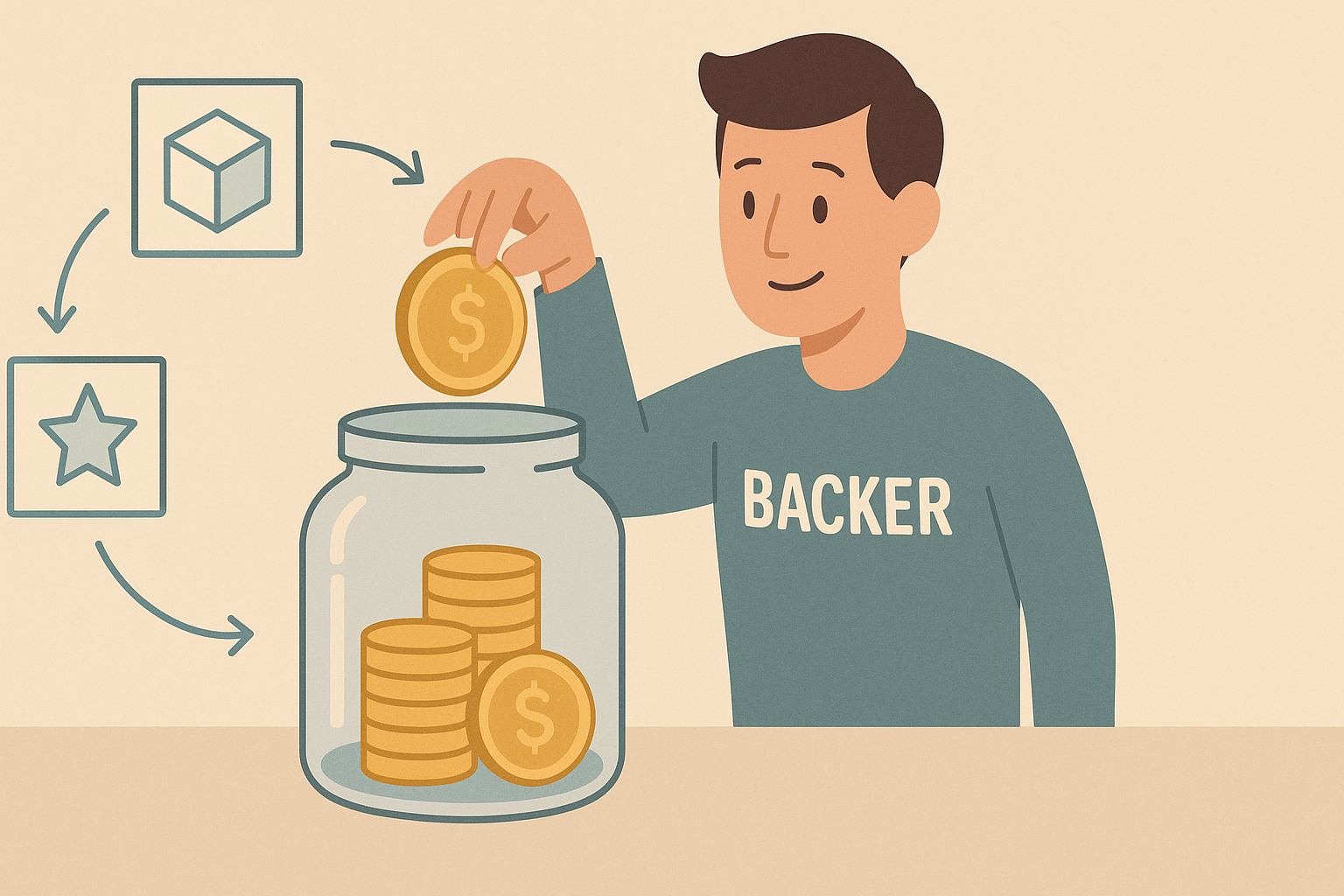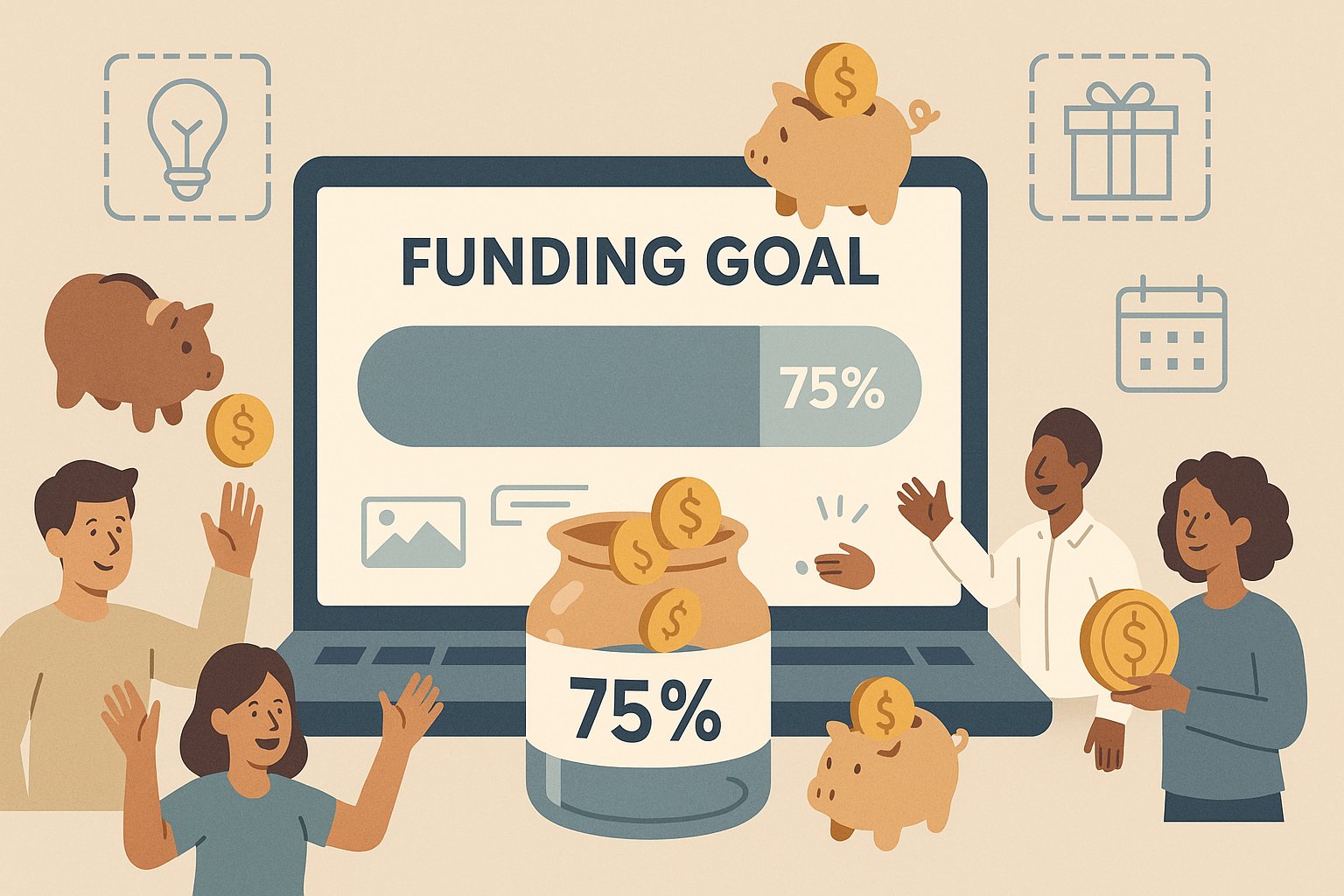Demystifying the SAFE Agreement
In the fast-paced world of startup fundraising, the ability to move quickly can determine whether a company captures crucial early momentum or loses out to competitors. For founders seeking seed capital without the time-consuming process of negotiating a valuation, the SAFE agreement—short for Simple Agreement for Future Equity—offers an elegant solution. First introduced by Y Combinator in 2013, SAFEs allow startups to secure funding by promising investors equity at a later financing event rather than setting a price per share today. This streamlined approach removes the complexities of debt instruments—no interest accrues, no maturity date hangs over the company, and legal documents are typically just a few pages long. Investors, in turn, receive the potential upside of preferred stock upon conversion, often at favorable terms negotiated at the time of their original investment.
The appeal of SAFEs lies in their simplicity and alignment of interests. Founders can focus on building their product and gaining traction, while investors benefit from mechanisms—like valuation caps and discounts—that reward their early support if the company’s value grows. Over time, variations such as Post-Money and Pre-Money SAFEs have emerged to address cap-table transparency and dilution concerns, underscoring the community’s drive for ever-better financing tools. In this comprehensive exploration, we will unpack how SAFEs work, jump into their key terms, compare them to convertible notes and priced rounds, and offer practical guidance on negotiating, implementing, and avoiding common pitfalls. Whether you’re raising your first seed check or evaluating an investment opportunity, understanding SAFEs is essential to navigating today’s startup funding landscape with confidence and speed.
Origins and Evolution of SAFEs
Before SAFEs existed, many early-stage startups turned to convertible notes—a form of short-term debt that converts into equity at a subsequent financing round. Although convertible notes deferred a valuation discussion, they introduced unwanted baggage: interest rates, maturity dates, and potential debt classification that could complicate corporate finance. Recognizing these issues, Y Combinator crafted the SAFE as a friendly, founder-centric instrument to replace notes for its accelerator companies. The original SAFE template distilled financing into a concise document that prioritized rapid execution and clear economics.
Since 2013, the SAFE has spread far beyond Y Combinator’s fold, embraced by angel investors, seed funds, and accelerators worldwide. In 2018, Y Combinator released separate Post-Money and Pre-Money SAFE versions to address how multiple SAFEs convert and impact ownership percentages. Today, SAFEs stand alongside priced equity rounds, KISS agreements, and convertible notes as one of the principal vehicles for seed-stage financing, prized for their efficiency and alignment of founder-investor incentives.
How a SAFE Agreement Works
A SAFE is fundamentally a promise: the investor provides capital now in exchange for the right to receive equity later, typically when the company completes a “qualified financing.” Unlike debt, a SAFE carries no interest and no set maturity. Instead, it converts automatically upon a trigger event—such as a minimum-size equity round, an acquisition, or an IPO—into the number of shares determined by the terms set at signing. If no trigger event occurs before a dissolution or change of control, SAFEs usually specify how investors are treated, ensuring they receive either their original investment back or equity at a fair conversion price.
By deferring valuation, SAFEs allow startups to focus on growth without protracted negotiations. For investors, key protections come through terms like valuation caps—which set an upper bound on the conversion price—and discounts—offering a percentage reduction on the future share price. Some SAFEs also include most-favored-nation clauses or pro rata rights to preserve investor ownership. The net result is a financing tool that balances speed, simplicity, and upside potential.
Core Components of a SAFE
While the SAFE agreement is concise, it typically includes several foundational economic and legal provisions. The most critical elements include:
-
Valuation Cap and Discount: The valuation cap establishes the maximum company valuation at which the SAFE converts, guaranteeing early investors a larger equity stake if the company’s value soars. The discount grants a percentage reduction on the next round’s price per share, rewarding investors for their early commitment.
-
Triggering Events: SAFEs convert upon predefined events—usually a qualified equity financing. Other triggers can include a corporate sale or IPO, ensuring that investors are not left without recourse if no further round occurs.
-
Investor Rights: Optional provisions such as pro rata participation rights allow SAFE holders to maintain their ownership percentage in future rounds, while most-favored-nation clauses ensure they receive any superior terms granted to subsequent investors.
-
Liquidity and Dissolution Protections: In the event of a sale or wind-down before conversion, SAFEs spell out how investors recover capital—either through equity conversion at a predetermined price or by receiving their invested amount back—safeguarding their interests.
Valuation Cap Versus Discount
Although both valuation caps and discounts serve to reward early risk-takers, they operate differently. A valuation cap gives investors certainty about the maximum conversion price, which can be especially attractive if the company’s valuation skyrockets. Conversely, a discount ensures a straight percentage off the future share price, which can be advantageous in more modest upsides but offers less protection in explosive growth scenarios. Startups often negotiate whether to include one, the other, or both, depending on market conditions, competitive dynamics, and the relative bargaining power of founders and investors.
Pre-Money Versus Post-Money SAFEs
A major refinement in SAFE design came with the division into Pre-Money and Post-Money versions. Pre-Money SAFEs calculate conversions based on the company’s valuation before accounting for all outstanding SAFEs, leading to potential uncertainties around dilution when multiple SAFEs convert. Post-Money SAFEs, by contrast, define investor ownership stakes after all SAFEs convert, offering transparent cap-table outcomes. While Post-Money SAFEs provide clarity for both founders and investors, they can also prove more dilutive to founders if many SAFEs accumulate. Startups must weigh the trade-offs and choose the SAFE variant that best aligns with their cap-table strategy.
Comparing SAFEs to Convertible Notes and Priced Rounds
Although SAFEs and convertible notes both delay valuation discussions, convertible notes introduce debt-like features—interest rates and maturity dates—that can create financial pressure if no conversion event occurs. SAFEs eliminate these complications, allowing companies to avoid debt classification and repayment obligations. Priced equity rounds, on the other hand, lock in a valuation upfront, providing immediate clarity on ownership percentages and enabling standard governance mechanisms. However, priced rounds often involve significant legal costs and protracted negotiations that early-stage startups may wish to defer. SAFEs thus occupy a middle ground: more structured than gifts or simple promissory notes, yet far more nimble than full equity financings.
When to Use a SAFE Agreement
SAFEs shine in seed-stage fundraising—especially for startups participating in accelerators, angel networks, or those without definitive revenue or traction metrics to support a priced round. They enable rapid capital infusion, minimizing legal bills and founder distraction. However, as companies mature and raise larger sums—typically in the multi-million-dollar range—priced rounds become more appropriate, as institutional investors demand precise cap-table visibility, board seats, and governance rights. Companies approaching Series A and beyond often transition away from SAFEs to the more robust structures demanded by venture capital firms.
Negotiating and Customizing Your SAFE
While the SAFE template is standardized, founders and investors frequently negotiate custom terms to reflect their unique circumstances. Common points of negotiation include setting the minimum threshold for a qualified financing, adding most-favored-nation clauses to protect against future dilution, securing pro rata rights for follow-on investments, and defining board observer rights. Tailoring these provisions ensures that the SAFE aligns with both parties’ risk tolerances and strategic goals. Careful negotiation fosters strong investor-founder relationships, laying the groundwork for smooth future financings.
Best Practices for Implementing SAFEs
When leveraging SAFEs, startups should adhere to key best practices:
-
Engage Experienced Counsel: Even a brief agreement warrants legal review to confirm corporate authority, securities-law compliance, and accurate drafting of trigger definitions.
-
Model Cap-Table Scenarios: Use specialized software to simulate SAFE conversions under different valuation and financing structures, ensuring both founders and investors understand potential dilution.
-
Maintain Clear Documentation: Track all outstanding SAFEs, versions, and amendments in a centralized record, updating cap tables promptly upon conversions to prevent misunderstandings.
By institutionalizing these practices, companies safeguard against inadvertent errors and demonstrate professionalism to investors.
Common Pitfalls and How to Avoid Them
Despite their simplicity, SAFEs carry risks if mismanaged. Over-issuing SAFEs at high caps can lead to unexpectedly large dilution for founders. Vague or inconsistent definitions of qualifying financing events can stall conversions and spark disputes. Skipping legal review in favor of online templates may save upfront costs but can introduce regulatory or drafting errors that prove costly later. Avoid these pitfalls by setting clear caps and discounts, defining trigger events precisely, modeling multiple cap-table scenarios, and retaining experienced securities counsel to oversee the process.
The Investor’s Perspective on SAFEs
From an investor’s viewpoint, SAFEs offer an efficient path to gain exposure to high-growth startups without the administrative overhead of debt instruments. The presence of valuation caps and discounts provides tangible upside protection if the company’s value appreciates rapidly. Nevertheless, investors must accept that SAFEs lack interest accrual and mature only upon specified events, which could be years away—or never occur. Savvy investors negotiate for pro rata rights or most-favored-nation protections to mitigate these uncertainties and secure a voice in future financings.
Preparing for Conversion: From Promise to Equity
When a trigger event arrives, the company must execute a well-defined conversion process. This involves calculating the number of shares each SAFE converts into—based on the agreed valuation cap or discount—updating corporate records, issuing the appropriate class of stock, and filing any necessary securities or corporate governance documents. Clear communication with SAFE holders about conversion mechanics and share allocations ensures a smooth transition and reinforces investor confidence in the company’s operational rigor.
The Future of SAFE Agreements
As the startup ecosystem evolves, SAFEs continue to adapt. Variants tailored for blockchain token offerings, revenue-sharing models, or international jurisdictions have begun to surface. Standardization efforts aim to harmonize SAFE frameworks across borders, facilitating cross-market fundraising. Yet the essence of the SAFE remains unchanged: a rapid, founder-friendly instrument that aligns incentives and accelerates capital formation. For both founders and investors, mastering SAFEs will remain a fundamental skill in the dynamic world of early-stage financing.
Embracing the SAFE Advantage
The SAFE agreement has reshaped the seed-stage fundraising landscape by replacing debt-laden convertible notes with a streamlined, equity-focused instrument. By deferring valuation negotiations, eliminating interest and maturity pressures, and offering clear conversion mechanics, SAFEs empower startups to raise funds swiftly while providing investors with upside protections. However, reaping these benefits requires a solid grasp of valuation caps, discount rates, pro rata rights, and the nuances of Pre-Money versus Post-Money versions. Armed with the insights and best practices in this guide—covering origins, mechanisms, negotiation tactics, implementation guardrails, and pitfalls to avoid—you are well positioned to leverage the SAFE’s simplicity and speed. In doing so, you’ll unlock the agility and alignment that define successful startup fundraising in today’s competitive environment.




